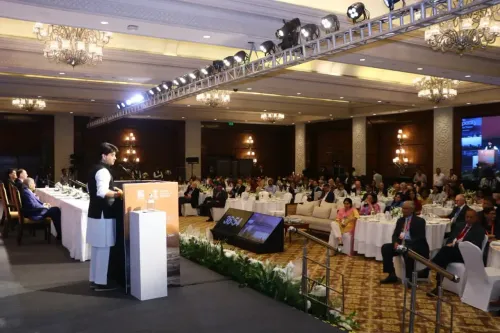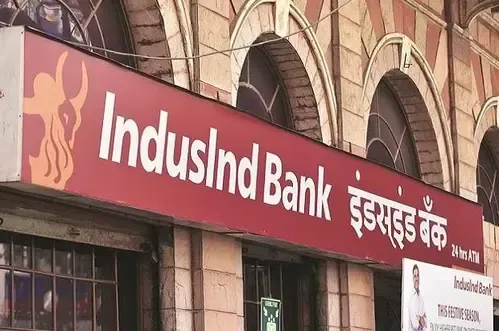Will India's logistics sector reach $800 billion by 2030?

Synopsis
Key Takeaways
- Projected growth: Logistics sector to reach $800 billion by 2030.
- GDP contribution: Expected to contribute 11% of India's GDP.
- Job creation: 10 million new jobs anticipated by 2027.
- Efficiency improvements: 33% reduction in transit times due to GST.
- Modernization efforts: Initiatives like NLP and GatiShakti are transforming the sector.
Mumbai, Aug 18 (NationPress) The logistics industry in India is anticipated to soar to $800 billion in value by 2030, contributing 11 percent to the nation's GDP, as outlined in a recent report.
This expansion will be propelled by various factors including government initiatives, technological advancements, a skilled workforce, and critical infrastructure enhancements.
A mere 1 percent drop in logistics costs could result in an annual savings of $15 billion for the Indian economy. Key elements sustaining growth in the logistics sector include strategic investments, digital infrastructure, eco-friendly policies, and workforce development, as stated in the report from India Narrative.
As supply chains evolve and integrate, this sector is set to play a pivotal role in propelling India towards a $5 trillion economy by 2027, according to the findings.
The logistics landscape is becoming more structured, efficient, and competitive due to initiatives such as the National Logistics Policy (NLP) and PM GatiShakti, along with technology integration, the report elaborated.
The NLP has revolutionized the logistics framework by employing technologies like the Unified Logistics Interface Platform (ULIP) and Logistics Data Bank (LDB) for real-time supply chain tracking.
The PM GatiShakti Master Plan has unified 57 ministries and all states/UTs utilizing 1,700 data layers for infrastructure planning, expedited project approvals, and multimodal transport connectivity. Furthermore, port modernization through the Maritime Development Fund, valued at Rs 25,000 crore, enhances trade and supply chain efficiency.
Additionally, the Bharat Trade Net (BTN) was introduced to centralize trade documentation, digital finance, and import-export transactions in alignment with leading global practices.
The implementation of GST has removed interstate checkpoints, streamlined taxation, and cut down transit times by 33 percent since 2017. Currently, over 22 million individuals are employed in transportation, storage, cold chain, and last-mile delivery, with an additional 10 million expected to enter the sector by 2027, as highlighted in the report.
Logistics parks, multimodal transport corridors, and digital platforms are enabling both SMEs and large enterprises to broaden their global reach.
At present, logistics accounts for 13-14 percent of India’s GDP, which is significantly higher than the global average of 8-9 percent.









